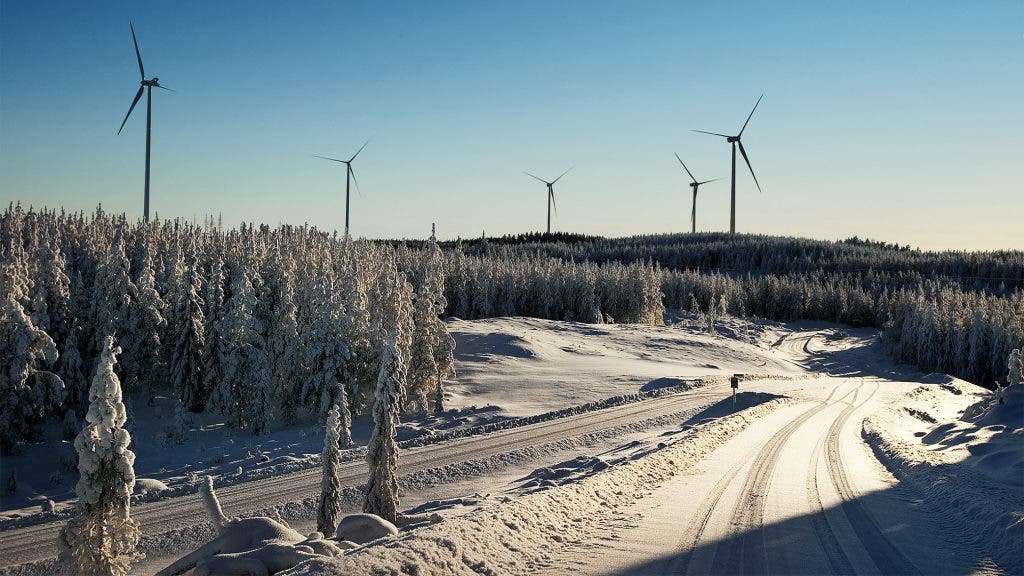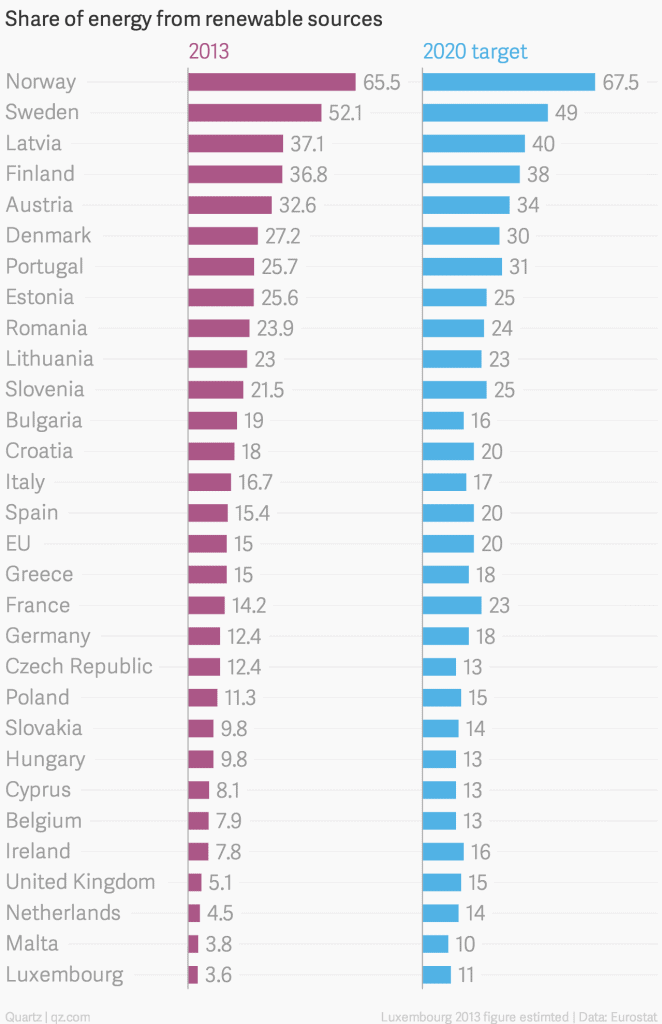The Scandinavian nation has set its mind on ridding itself of fossils fuels. To this end, the government announced it will increase spending on climate-protection measures for the next year bringing it to $546 million. That might not sound like much but Sweden is a small country which already uses energy very efficiently. It also gets three quarters of its energy from non-fossil fuel sources, mainly nuclear and hydro.

Wind turbines in Sweden. Image: Sweden.se
While the Swedish government hasn’t mentioned a target date when this might happen, fossil fuel use might become minute compared to current levels by 2050 when Stockholm, the capital, is expected to dump fossil use altogether. The new climate-protection budget will likely increase every year to support solar, wind, energy storage, smart grids and clean transport. In the new plan, solar has most to gain with US$58.4 million slated for allocation each year between 2017 and 2019. Ultimately, these measures should help Sweden reach its target of lowering emissions by 40% by 2020. This is the same target set forth by the European Union, only Sweden wants to reach it ten years earlier. It’s worth mentioning that the climate-protection funds come directly from income related to fossil fuels.
Like mentioned earlier, this shouldn’t prove to be that difficult considering energy use in Sweden is already efficient and pretty clean. In fact, the country is importing trash from other countries to use as energy, since Swedes recycle 99% of their garbage. As a result, waste now constitutes 19 percent of the fuel used by district-heating plants, which heat half of Sweden’s households and also use biomass such as leftover tree branches from the logging industry. Let that sink in for a moment.

EU countries ranked by renewable energy share. Source: QZ.com
All in all, Sweden is on the right track and sets an example for other states. It couldn’t come at a better time seeing how in a couple of weeks the world’s heads of state will meet in Paris to hopefully reach a global emissions reduction target.
The switch didn’t happen on its own, though. It took considerable sustained effort on the government’s part which first seriously began during the oil crisis of the ’70s. In 1970, oil accounted for more than 75 per cent of Swedish energy supplies; by 2012, the figure was just 21.5 per cent, chiefly due to the declining use of oil for residential heating (Sweden can be mighty cold). Sweden began taxing carbon emissions back in 1991, at around $133 per ton. The system has changed a bit over the years, with industry paying less of the tax and consumers paying more, and the tax up to around $150 per ton. The average Swede releases 5.1 tonnes of carbon dioxide per year into the atmosphere, compared with the EU average of 7.9 tonnes and the US average of 19.1 tonnes.









